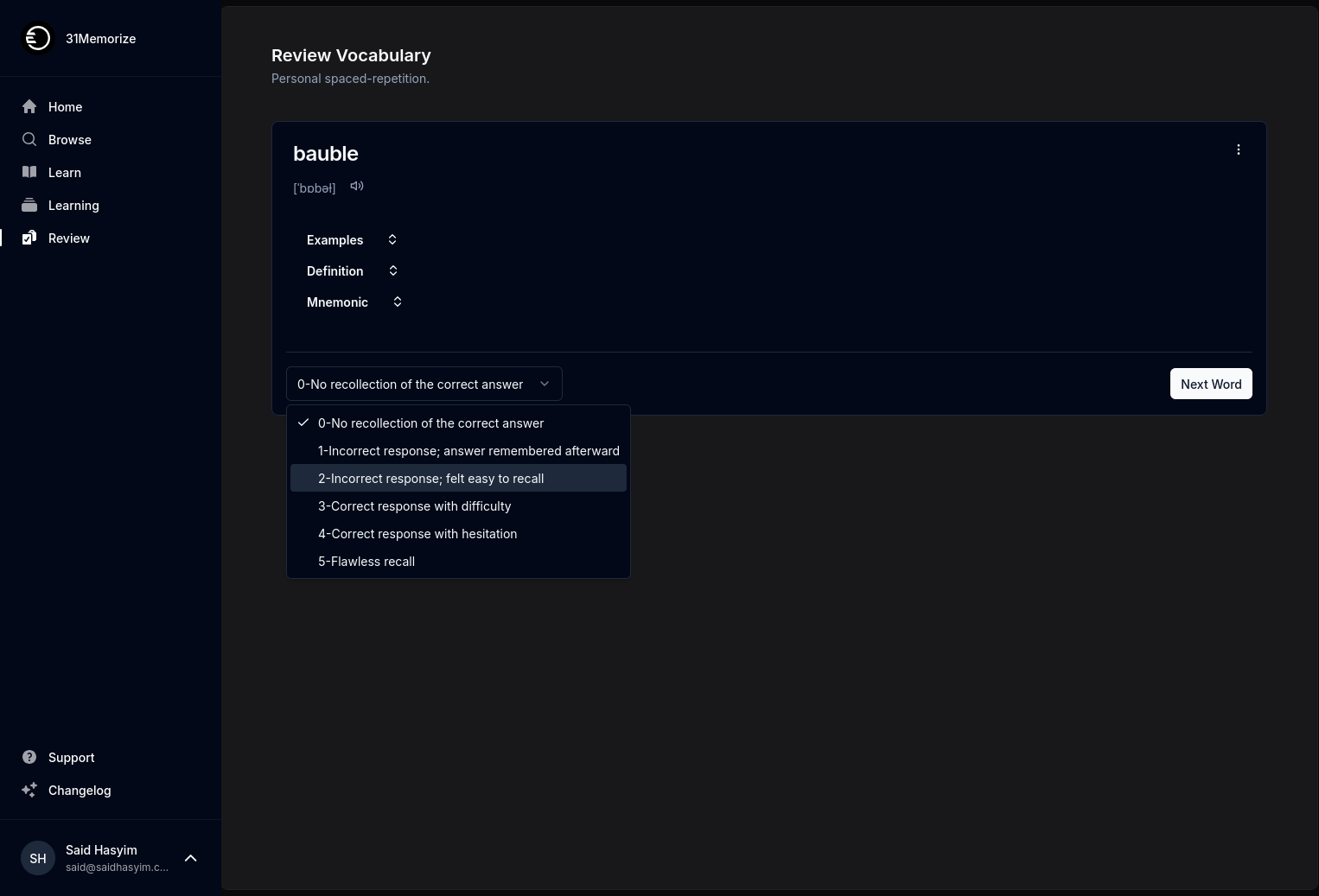Comprehensive Book Rating Strategies for Authors
In today’s highly competitive literary landscape, authors not only aim to write captivating narratives but also strive to ensure their works resonate with readers. One of the critical elements in achieving this is understanding how book ratings and reviews influence reader choices. A strong rating can greatly enhance visibility and reader trust, leading to more sales and a more impactful author platform.
In this post, we will explore comprehensive book rating strategies that authors can employ to improve their ratings and, ultimately, the success of their books.
1. Understanding Book Ratings and Reviews
Before diving into strategies, it’s essential to comprehend the role of ratings in the book industry. Readers often rely on ratings to gauge the quality of a book. Here are some factors to keep in mind:
- Social Proof: High ratings can imply a quality read, as many readers tend to follow the crowd.
- Decision Making: Potential buyers often use ratings to filter their choices among countless options available on various platforms.
- Algorithmic Influence: Listings on retail platforms may rank higher based on the number of ratings and the average score, leading to increased visibility.
2. Building Your Author Platform
a. Engage on Social Media
Establishing a strong online presence can help you connect with readers and fellow authors. Use social media platforms to:
- Share Insights: Regularly share behind-the-scenes content about your writing journey or discuss relevant topics in your genre.
- Respond to Comments: Engage with your audience by responding to their comments and messages, fostering a sense of community.
- Be Authentic: Share successes and challenges in your writing career to build trust among potential readers.
b. Cultivate an Email List
Creating an email list can be invaluable for keeping readers updated and engaged over time. Consider offering a free resource, such as a short story or a writing guide, in exchange for email sign-ups. Here’s what you can do:
- Regular Newsletters: Send periodic newsletters with writing tips, updates on upcoming releases, and personal anecdotes.
- Call-to-Action: Encourage your subscribers to rate and review your books on release day to jumpstart visibility.
3. Creating Quality Content
Your book's content is the foundation for garnering positive ratings. Focus on:
a. Professional Editing
Invest in a professional editor who can refine your manuscript. A well-edited book is more likely to receive positive ratings.
b. Engaging Cover Design
A strong cover design can attract readers and enhance the initial impression of your book's quality.
c. Genre Awareness
Understand the expectations of your particular genre. Analyze popular books in your genre, paying close attention to their structure, pacing, and reader engagement.
4. Developing a Review Strategy
a. Timing
The timing of your request for ratings can have a significant impact. Consider the following:
- Early Reviews: Reach out to beta readers and team up with street teams before and after your book’s launch to accumulate early reviews.
- Post-Launch Reminders: After your book is released, gently remind your readers to leave feedback if they enjoyed your work, either through your newsletter or social media.
b. Leveraging Advanced Reader Copies (ARCs)
Distributing ARCs to a targeted group of readers can help you generate reviews before the official launch. Ensure that you:
- Select Relevant Readers: Choose readers who are likely to enjoy your genre and have a history of leaving honest reviews.
- Set Guidelines: Politely request that they post their reviews on major platforms like Goodreads and Amazon.
c. Engage with Readers
Encourage your audience to leave honest feedback. When readers feel their opinion matters, they are more likely to engage:
- Ask open-ended questions: After they finish your book, pose questions that encourage thoughtful responses and can lead to reviews.
5. Engaging with Book Review Communities
a. Reach out to Book Bloggers
Many avid readers run blogs dedicated to reviewing novels. Identify bloggers within your genre:
- Personalize Your Approach: Write a tailored pitch when you reach out, demonstrating genuine interest in the blogger’s work.
- Respect their Guidelines: Most bloggers will have specific submission rules — always follow them.
b. Participate in Book Tours
Book tours can help build buzz around your publication, allowing you to reach new audiences through other bloggers and reviewers.
6. Responding to Reviews
a. Thank Positive Reviewers
Show appreciation to readers who take the time to leave positive feedback. A simple thank you message can go a long way in building loyalty and encouraging future engagement.
b. Handle Negative Feedback Gracefully
Not every review will be glowing. When confronted with criticism, consider:
- Learning Opportunity: Constructive criticism can offer valuable insights into your writing and storytelling.
- Professionalism: If you choose to respond, do so respectfully. Avoid engaging in arguments, as this can tarnish your reputation.
7. Continuous Improvement
a. Feedback Loop
Utilize feedback from reviews to continuously improve your writing:
- Track Trends: Note recurring themes in feedback — both positive and negative — to inform future projects.
b. Evolving as an Author
Writing is a craft, and growth is essential. Commit to ongoing education through workshops, writing courses, and reading extensively within your genre.
Conclusion
Establishing a robust rating strategy requires time, effort, and dedication. By engaging with your audience, fostering an author platform, and continuously striving to improve your craft, you can significantly enhance your book’s ratings and visibility. Remember, successful ratings are not just about numbers; they reflect the connection you build with your readers and the quality of your writing. Good luck, and happy writing!
